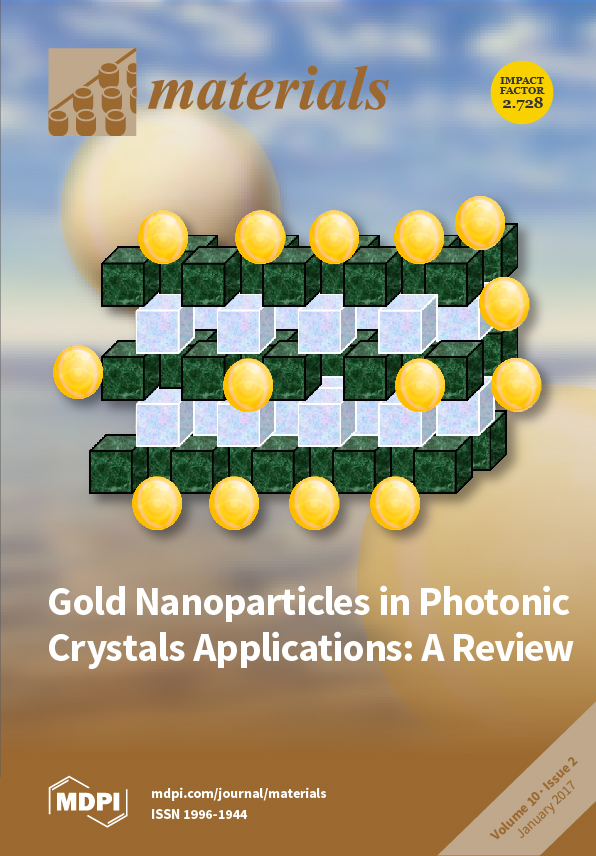In this study, an easily controlled transformation similar to the β + α → β + α + γ and the analysis of metastable phases in a β solidifying Ti-44.5Al-8Nb-2.5V alloy were investigated. Therefore, a liquid alloy copper-quenching followed by annealing at an
[...] Read more.
In this study, an easily controlled transformation similar to the β + α → β + α + γ and the analysis of metastable phases in a β solidifying Ti-44.5Al-8Nb-2.5V alloy were investigated. Therefore, a liquid alloy copper-quenching followed by annealing at an application temperature (850 °C) has been carried out. Following quenching, a microstructure composed of several supersaturated phases—the basket-weave β
0 (β
bv) phase, the plate-like α
2 (α
p) phase and the stripe-like γ (γ
s) phase—was obtained. In the annealing processes, phase transformations in the prior β
bv and α
p phases domain corresponded nicely to the β + α → β + α + γ transformation during solidification. Also, in the annealed γ
s phase, the kinetics of the phase transformations involving the metastable L1
2 phase was firstly detected by transmission electron microscopy (TEM). The L1
2 phase had a lattice structure similar to the γ phase, whereas the composition of the phase was similar to the α
2 phase. The formation of the γ pre-twin phase with an anti-phase boundary (APB) was detected in the γ
s phase of the matrix. The orientation relationships between the γ
s and precipitated: γ (γ
p) phase are <101]γ
s//<114]γ
p, (10
)γ
s//(
10)γ
p and (0
0)γ
s//(22
)γ
p.
Full article






